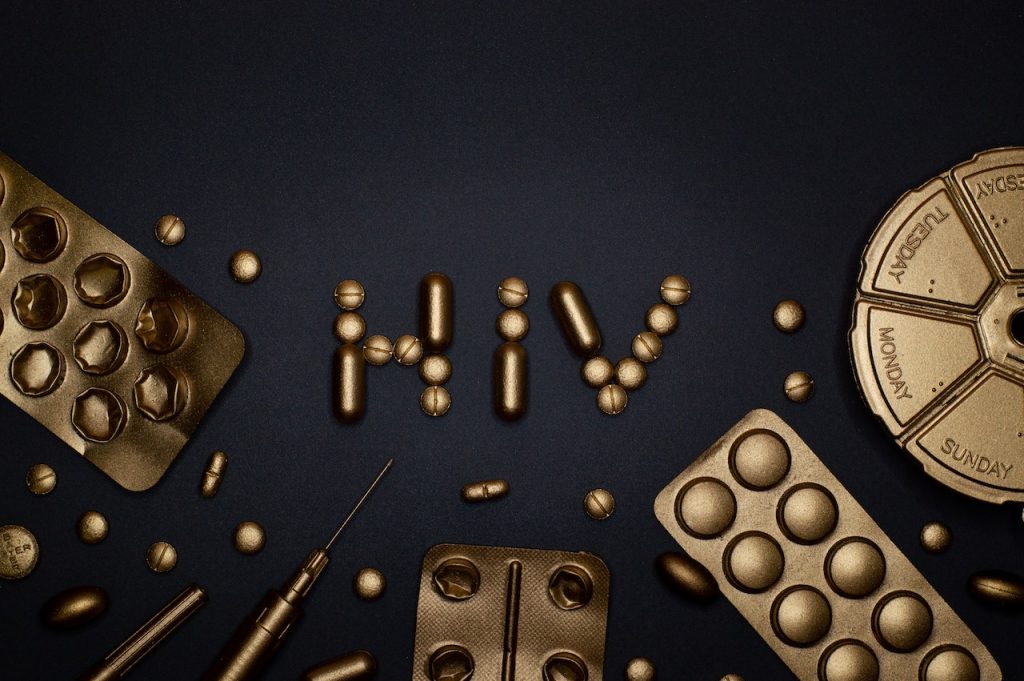
Finalised data published in the New England Journal of Medicine, has confirmed the stunning results of a trial in which a twice-yearly dose of lenacapavir completely prevented HIV infection in a group of adolescent girls and women in South Africa and Uganda.
A major challenge with HIV prophylaxis with cisgender women is adherence and persistence with daily oral regimens. The twice-yearly subcutaneous injection of lenacapavir helps to circumvent these problems by offering extended protection.
Based on the initial results announced by Gilead Sciences on the 20th of June, the PURPOSE 1 phase 3 clinical trial met its key efficacy endpoints of superiority of twice-yearly lenacapavir to once-daily oral (emtricitabine 200mg and tenofovir disoproxil fumarate 300mg; F/TDF) and background HIV incidence. Given the strength of these results, the blinded phase of the trial was halted and open-label lenacapavir was offered to all participants.
The double-blind, randomised, controlled trial recruited 5338 participants who were initially HIV-negative. They were randomised 2:2:1 ratio to receive subcutaneous lenacapavir every 26 weeks, daily oral emtricitabine–tenofovir alafenamide (F/TAF), or daily oral F/TDF (active control); all participants also received the alternate subcutaneous or oral placebo. They compared the efficacy of lenacapavir and F/TAF with F/TDF against the estimated background incidence of HIV infection.
Among the 2134 participants in the lenacapavir group, there were 0 infections (0 per 100 person-years). Meanwhile in the F/TAF group, there were 39 infections among 2136 participants (2.02 per 100 person-years) and 16 infections among the F/TDF group’s 1068 participants (1.69 per 100 person-years).
HIV incidence with lenacapavir was significantly lower than background HIV incidence and than HIV incidence with F/TDF. HIV incidence with F/TAF did not differ significantly from background HIV incidence, and no evidence of a meaningful difference in HIV incidence was observed between F/TAF and F/TDF.
The researchers did note that adherence to F/TAF and F/TDF was low. While no safety concerns were found, injection-site reactions were more common in the lenacapavir group (68.8%) than in the placebo injection group (F/TAF and F/TDF combined) (34.9%); 4 participants in the lenacapavir group (0.2%) discontinued the trial regimen owing to injection-site reactions.

